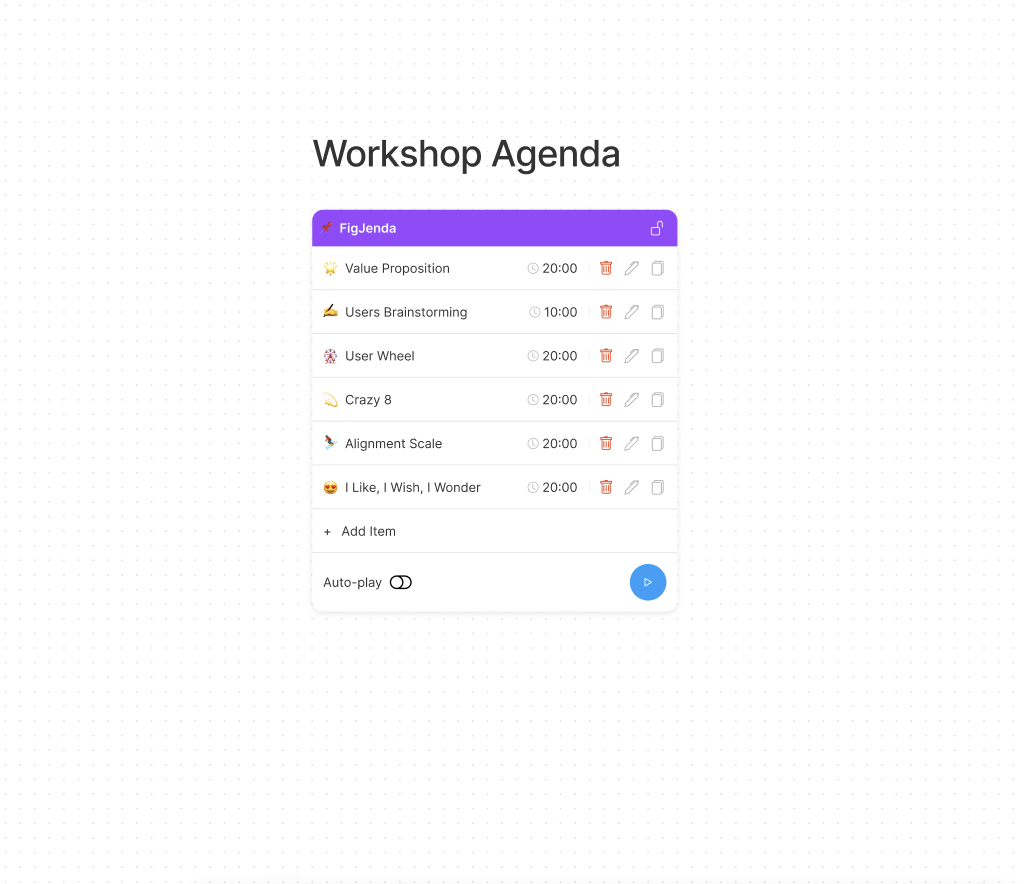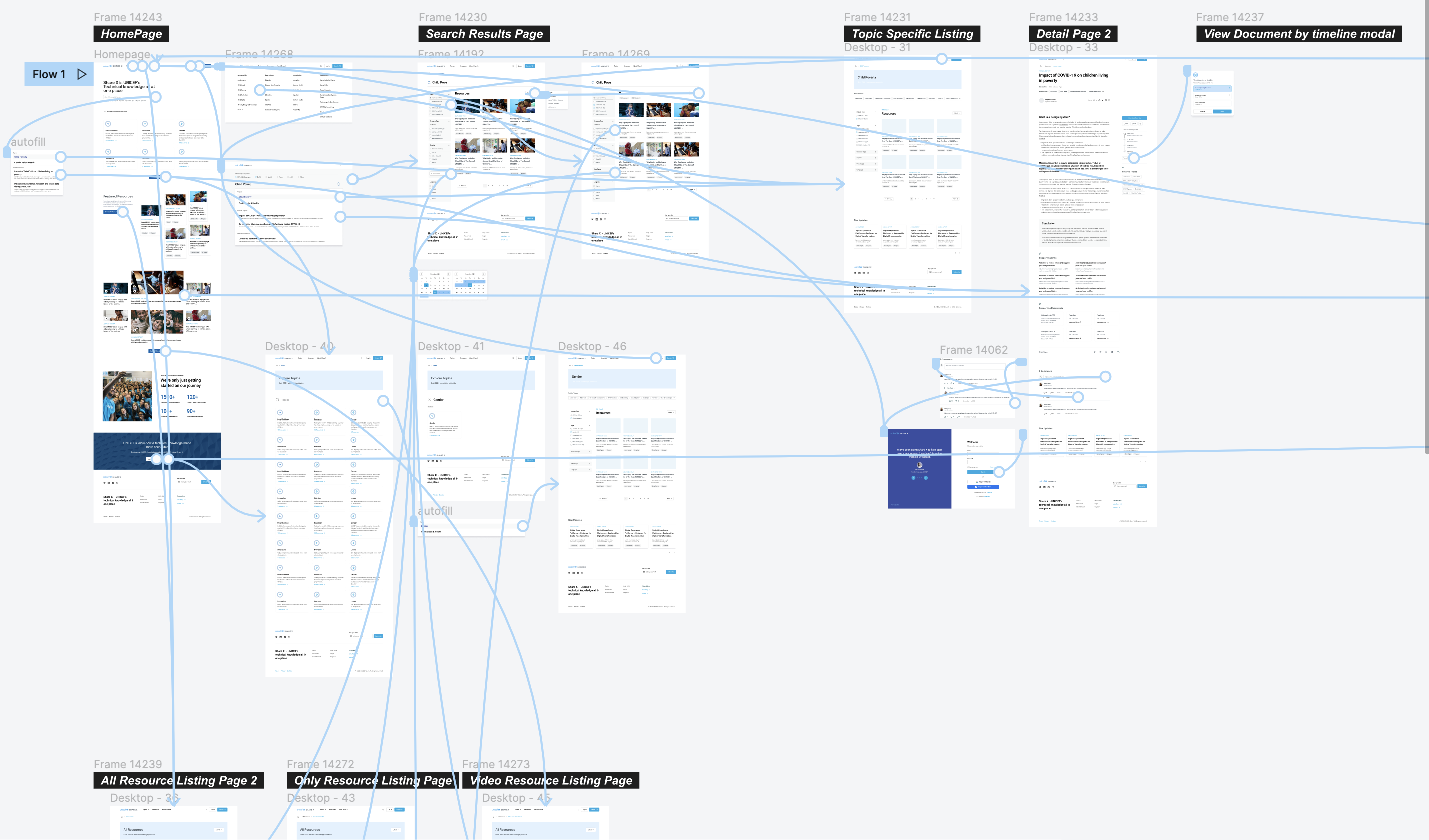Design Workshops translate into collaborative sessions that encourage strategic creative problem solving and encourage interdisciplinary ideation from different members of the team.
Design workshops can be customized in terms of duration and location. These workshops might last anywhere from a few hours to a week, depending on the nature of the challenge and the goals and needs of the participants.
They help to come up with viable solutions and foster a culture of innovation within the organisation. The workshops also focus on empathising and reducing the risk of failure during iterations and testing.
Design workshops are an unavoidable step in the process of design and affect the success of a project. Like every design team, we at QED42 also have our way of conducting design Workshops. These design workshops help to get everyone on the page through an inclusive approach, create a live document through the creative summary and determine the accurate problem statement.
Process of Design Workshop at QED42
We usually conduct design workshops in two scenarios -
- To generate fresh ideas, features, and designs for a new project
- For validation of designs already made in an ongoing project (also known as Design Validation Workshops)
Understanding the purpose of the workshop helps to focus on its goal. Whether we are looking to uncover new possibilities, improve an existing product or feature, solve user problems, and the like. Having it well defined in advance helps bring everyone on the same page, right from the start.
Design Workshops usually have an organiser or facilitator who acts as the host of the workshop. This person ensures the whole process is adhered to and members stay engaged throughout. The workshop organisation team also consists of a workshop assistant who ensures the smooth running of the workshop, keeps a track of the timer, helps to set up the FIGJAM board in order, and makes sure that the stakeholders don’t lose track when working on activities.

Workshop agenda
The workshop agenda is of prime importance. It helps us focus on the outcomes of the workshop. It usually consists of a multitude of activities that are put together keeping in mind adequate time planning (mostly on assumption), spontaneity, unlimited discussion, creativity, and sufficient breaks.
Our workshop agenda also includes enough time for reflection and debriefing, once activities are over so that we are aware of any possible flaws that might have occurred during the workshop. This helps us ensure similar slips don’t occur when similar workshops are conducted with external stakeholders and clients.

We prepare introductory slides about the process, what we plan on achieving from the workshop and how we intend on achieving the goals listed in the slides, and so on. This gives stakeholders a clear idea behind the purpose of the workshop, and why their participation will help in designing a product that’ll go focus on user needs and meet business requirements as well.

Empathising with the user
We encourage all the participants in the workshop to put themselves in the shoes of the user. It aids us in assessing the current user personas that team members are using and seeing whether they’re accurate. If not, changes are made accordingly. Activities such as empathy map and role-playing help the participants to understand the wants, needs and goals of the users and get a better understanding of the user needs.
Defining the problem statement
With empathy exercises, participants are able to better know the users’ needs and the problems they face. Based on the understanding of the problems of the user, participants are asked to define the problem statement that we aim to solve over the rest of the workshop.
Based on the problem statement, an outline of activities is decided. We opt for empathy maps, Q/A sessions, card sorting, interviews, and the ‘how might be’ methods to encourage everyone to step into the shoes of the user and consider user wants, needs, and feelings when working on the activities charted out.
Ideation session
During the ideation stage, theoretical solutions are looked into and ideas come in from the problem statement at hand. We use various activities ranging from value proposition mapping to crazy 8’s, empathy mapping, and many such activities which help us understand the business requirements/problems better and to bring as many solutions as possible. If the suggestions seem too divergent, everyone in the team votes for the most suitable solution using sticky voting to help choose the most viable solution.
Along with traditional brainstorming, we also opt for rapid ideation and reverse brainstorming.
- Reverse brainstorming is when you focus on the causes of the problem instead of the solution
- Rapid ideation is when each person writes down multiple ideas within a set time frame
By the end of the ideation session, we’ve all settled on a plausible solution and take to work on it, for the next step.

Mapping out user journeys
The user journey map provides a visual representation of the process that will be followed by the user to accomplish a goal. With a solution in hand, we work on mapping out each step the user will need to take to achieve the final goal.
Design Jam
Designers are encouraged to develop low-fidelity rapid-prototype solutions in the workshop.
For the rapid-prototyping stage, we begin to create a prototype of the most ideal solution. This may entail testing out specific user flows that provide the best usability outcomes for the solution's user journey maps. In this stage, the steps mapped out from the user journey are used to create separate interfaces and screens. These include working on buttons, points of functionality as well as other interaction points.
The solutions that are found to provide the best user experience while keeping usability and accessibility in mind are enhanced with high-fidelity features.

Conclusion
Design Workshops are an interactive way of bringing teams together to work on projects. They help us to stay focussed on the specific challenge at hand. The Design Workshops at QED42 help all designers gain insights to brainstorm on projects, and back that up with facts. It allows for some intensive and engaging ideation sessions that lead to viable solutions using best practices and keeping end-users as the center. We try to create a solid agenda around every design workshop that we host, irrespective of whether it is done with internal teams or with external clients and stakeholders.
Super thanks! to Tarkesh Deva our UX/UI designer for collaborating as a co-author on this blog.

